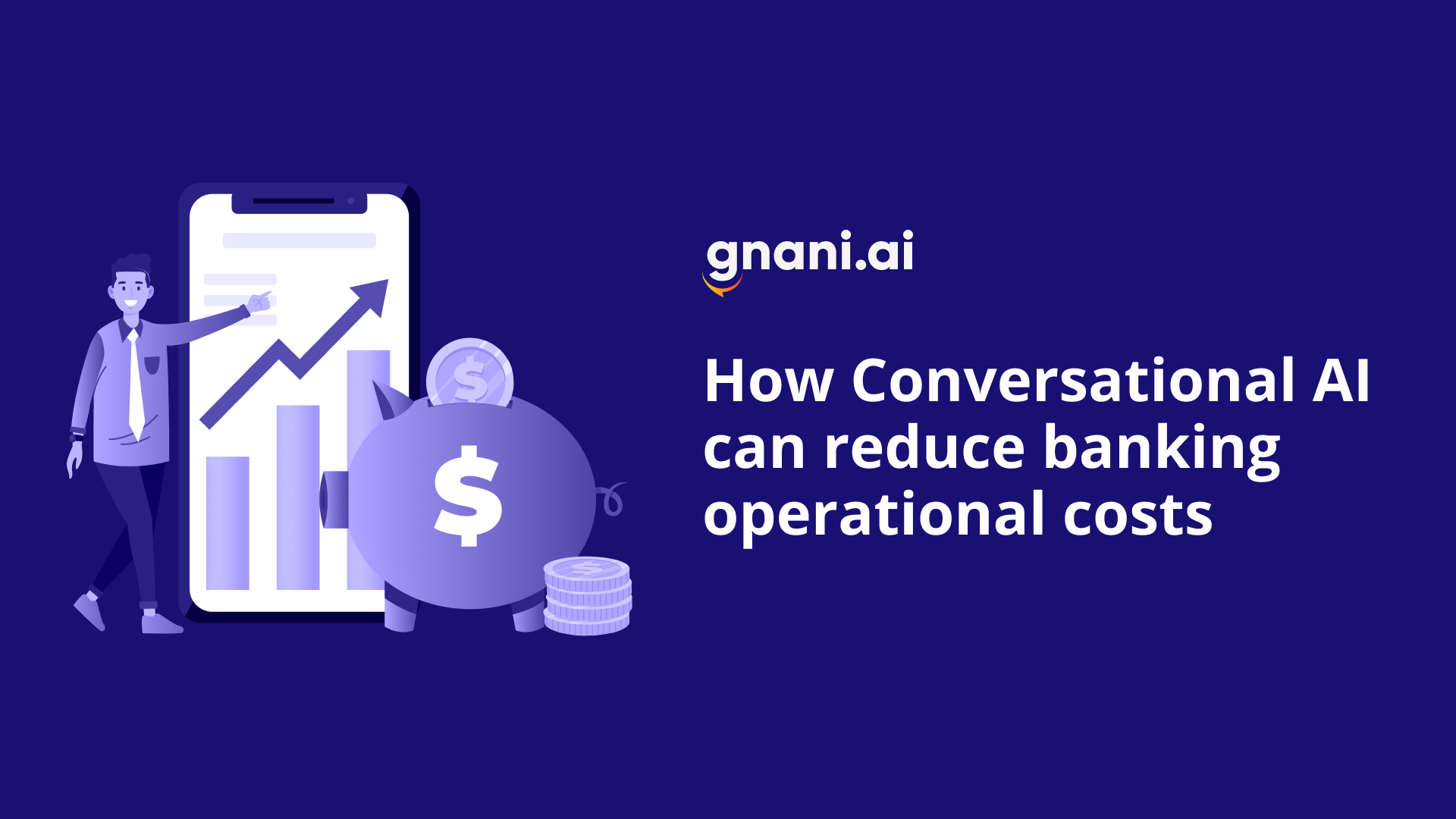Banks are under more pressure than ever due to increasing competition, higher customer expectations, and new challenges posed by the changing economic order. They have to remake themselves to stay relevant and competitive. Therefore, banks look for ways to manage costs optimally. Digital transformation has brought new avenues to reduce banking operational costs while improving service delivery and making it more consumer-centric.
Why should banks reduce operational costs?
A McKinsey study shows that operations account for 15-20% of a bank’s annual budget. They include staff salaries, infrastructural costs, day-to-day expenses for maintaining the organization, vendor management, etc., across the different departments like front and back office, IT and admin, legal, HR, risk/compliance, finance, sales and marketing, and more. Each bank product may have its own team. The organizational structure varies across banks.
Generally, the front office, including sales teams, contact centers, bank branch management staff, etc., eats up a massive chunk of the operations costs at 40%. Middle office and back-office operations dealing with accounts, cards, lending products, payments, investment products, capital markets, corporate finance, etc., consist of 18% of operations costs. Business and IT support are at 18% and 16%, respectively.
Other things like provisioning costs cannot be reduced as easily since they tend to be legally mandated and necessary for compliance. Optimizing operational expenses improves profitability and allows banks to provide better products and services to customers and adopt technology that drives innovation. All this ultimately provides a superior customer experience.
How can conversational AI help?
Conversational AI refers to AI-based technologies that can automate many tedious inbound and outbound banking communications & engagement operations. Adding voice bots and chatbots to the appropriate stages of business and contact center operations increases efficiency, removes service line bottlenecks, and eases pressure on employees.
Benefits for contact centers
Conversational AI agents make it easier and cheaper to scale up contact center operations. Voicebots can replace bank IVRs, reducing call waiting times and friction due to multiple hand-offs. Their natural language processing capabilities enable them to handle various languages. It’s a more seamless experience and reduces customer frustration.
There are many types of virtual assistants for bank contact centers. FAQ bots can answer simple repetitive queries, improve agent availability by 50% for complex issues, and slash operational costs by 75%.
Digitizing payments and claims processing using payment bots and RPA-enabled claims processing bots can be a gamechanger. They reduce back-office costs by 60% and operating costs by 80%. You see ten times faster processing while being able to integrate them with CRM software easily.
These AI assistants get better over time as they become more effective by using large volumes of data. Kearney estimates that by 2027, customer support agents will see a 40% reduction in time spent on the processes.
Improved personalization of the customer experience
Personalized CX journeys are the key to staying ahead in a competitive industry. Personalization at scale can bring a 5-15% revenue growth for companies in the financial services sector, according to McKinsey.
Conversational AI agents can be easily trained with the customer data like purchase and search history to provide tailored solutions. The interaction will be more natural and spontaneous since people are better at talking than typing out their questions. It also results in customers getting more accurate and fast responses.
Since the AI bots use machine learning, even if they don’t have solutions and need to pass the call onto a human agent, they can give better responses in the future. Voice bots save time and therefore, money in the long run.
Ensure omnichannel presence
Modern customers are present on channels beyond just email and telephone. They reach out via social media, web links, online forums, etc. When they contact customer support agents, they expect seamless, channel-agnostic knowledge.
Voice bots can provide this capability and integrate with omnichannel analytics suites to effectively aid customers from whichever channel they may arrive. The deep insights can be used to streamline operational processes for cost-efficiency.
Banking will look very different in a few years, as the reduced operational costs will drive innovation investment. Operations employees will acquire more tech, design, and business development skills as their mundane tasks will be largely automated. Customers and bank employees will actively adopt AI-based solutions for lightning-fast banking services.



AI Chatbots in Banking Sector : Benefits & Future -
[…] accurate service than a human operator. The main benefit of using banking chatbots is that they can reduce costs and improve efficiency in the banking industry by automating simple […]